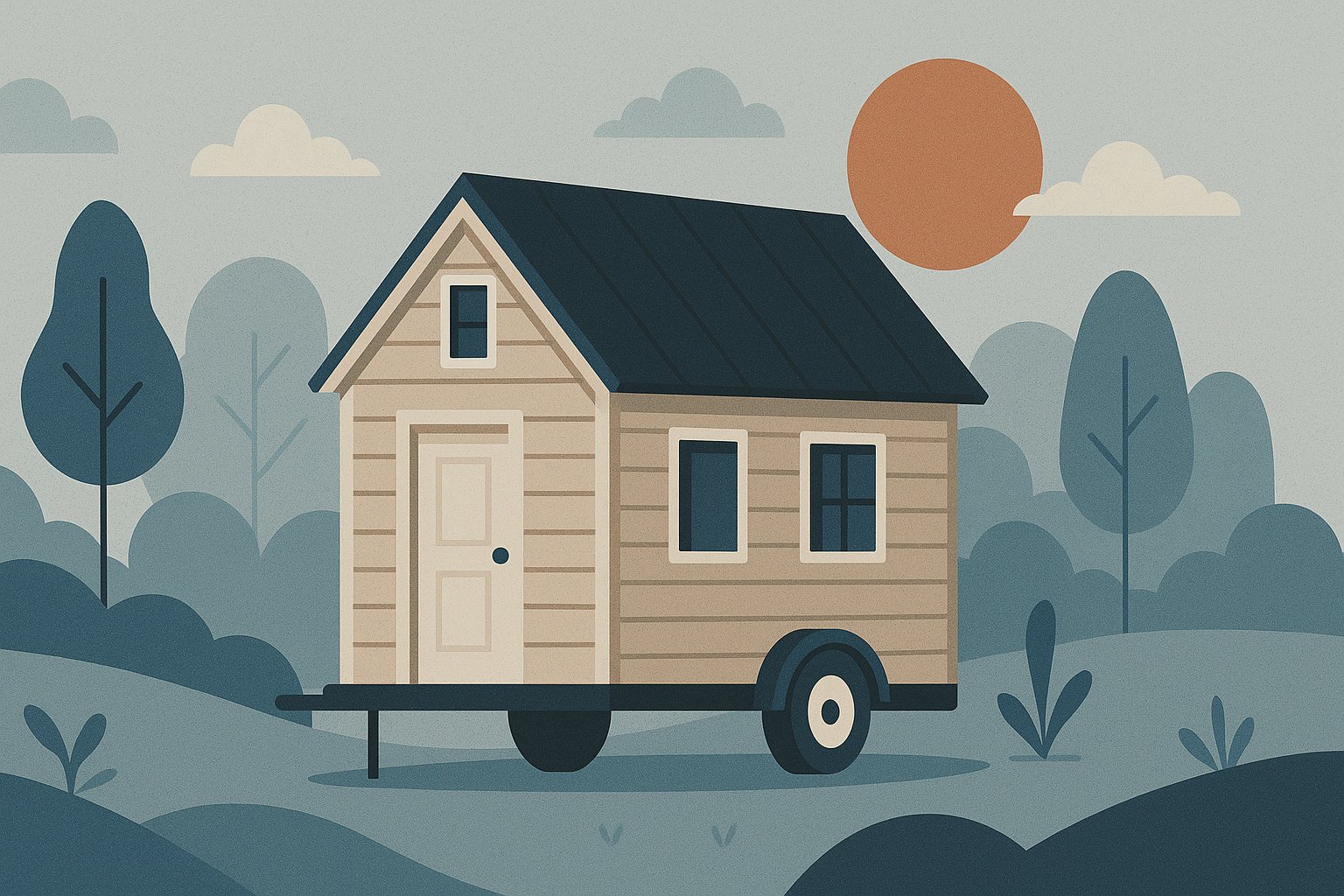
Tiny Homes Revolution: Understanding Micro Living and Its Impact on Real Estate in 2025
Real Estate 🏢 2025-04-27 6 minutes to readAs the world continues to grapple with urbanization and environmental challenges, the concept of tiny homes has taken center stage in the real estate domain in 2025. This revolution in housing is not just reshaping traditional home designs but also offering innovative solutions to crowded city living and the global pursuit of sustainability. Micro-living, characterized by compact, efficiently-designed spaces, is rapidly becoming a preferred lifestyle choice for diverse demographics, from millennials to retirees. This article delves into the nuances of this movement, providing insights on how to navigate the tiny home landscape effectively.
The allure of tiny homes is undeniable, driven by their cost-efficiency, minimal environmental impact, and the freedom they afford their owners. These compact dwellings often range from 100 to 400 square feet and can be built on foundations or equipped with wheels for mobility. But with the growing popularity comes the need for prospective owners to make informed choices tailored to their lifestyles and financial capacities.
How to Choose the Right Tiny Home in 2025
Embarking on the tiny home journey requires careful planning and consideration. Here are the key factors to consider:
1. Size and Layout
While tiny homes are inherently small, there's space variability depending on personal needs. Before choosing a layout, consider the essentials: how many people will live there? What kind of storage is necessary? Will you need workspace or hobby areas? For instance, a single individual might prefer a more open plan to allow for mobility, while a small family could benefit from partitioned areas for privacy.
2. Mobility vs. Permanence
Decide if a stationary or mobile tiny home suits your lifestyle better. Homes on wheels offer mobility and the chance to change your environment whenever desired, which is ideal for those who desire flexibility. Conversely, stationary homes can offer permanent residency with the benefits of connected utilities and community building opportunities.
3. Budget Considerations
The cost of tiny homes can vary significantly depending on customization, location, and materials. Basic models might start around $10,000, while high-end, custom-built homes can exceed $150,000. It's essential to set a budget and explore financing options if necessary, including potential government incentives for sustainable housing.
4. Building Regulations and Zoning Laws
Research local zoning laws and building codes, which can impact where tiny homes can be placed and how they are built. Some regions have embraced micro-living with open arms, while others may have restrictions. Engaging with local tiny home communities can provide valuable insights into navigating these legal landscapes.
Maintenance and Ownership Costs of Tiny Homes
Ownership doesn't end at the initial purchase. Maintaining a tiny home requires understanding both regular upkeep and unexpected costs that may arise.
1. Routine Upkeep
Regular maintenance is essential to ensure longevity. This includes checking the roof and walls for leaks, especially if the home is mobile, and ensuring insulation is intact for energy efficiency. Appliances should also be serviced regularly to prevent expensive repairs.
2. Utility Costs
Utilities for tiny homes are generally lower, thanks to their size and energy-efficient designs. However, ensuring that systems such as solar panels, rainwater catchments, and composting toilets are functioning optimally requires regular checks. Additionally, hooking into city utilities might involve fees and regulations.
3. Insurance and Taxes
Insurance for a tiny home will depend on how it is classified – as a mobile home, RV, or small house – each with different policies. Additionally, property taxes can vary based on mobile status and local regulations.
Creating a comprehensive budget that accounts for these aspects ensures financial preparedness and peace of mind for tiny home owners in 2025.
Conclusion and Key Insights
Micro-living is more than just a trend; it's a transformative approach to living that aligns with sustainability and efficiency while accommodating the evolving needs of society. By thoughtfully considering all aspects—from choosing the right type to understanding maintenance implications—potential owners can join the tiny home revolution confidently.
Prospective tiny home owners should embark on this journey with clear intentions, detailed research, and a forward-thinking mindset. By doing so, they can enjoy the unique lifestyle benefits of tiny living—simplicity, freedom, and greater engagement with their communities and the world around them.
The tiny homes revolution in 2025 presents a significant shift in real estate, offering eco-friendly and cost-effective living options. It’s crucial for potential owners to decide between mobile or stationary homes, consider personal space needs, plan financial budgets, and navigate local zoning laws. While maintaining these homes is more economical, it requires regular checks on utilities and insurance policies. Ultimately, micro-living is a sustainable lifestyle choice that combines minimalism and functionality, reflecting broader societal changes towards less resource-intensive living.
